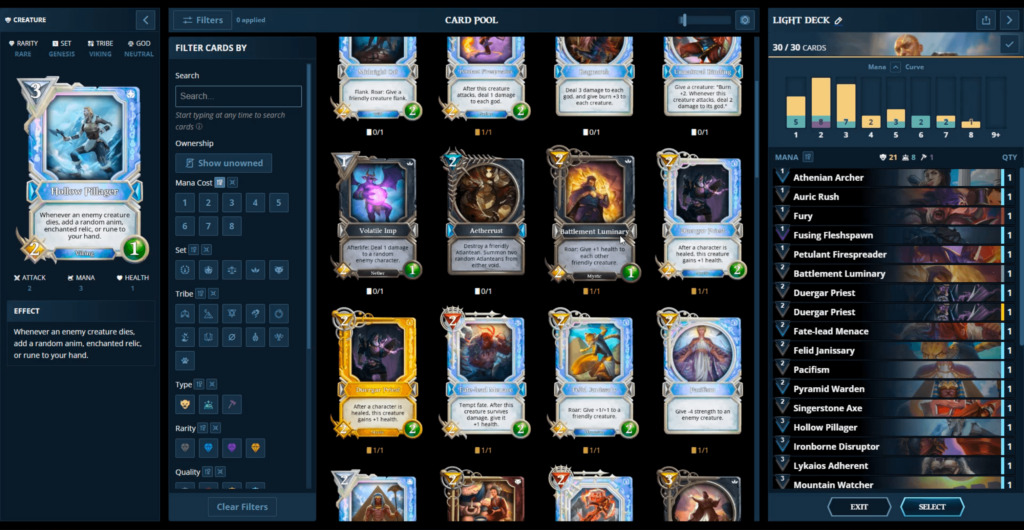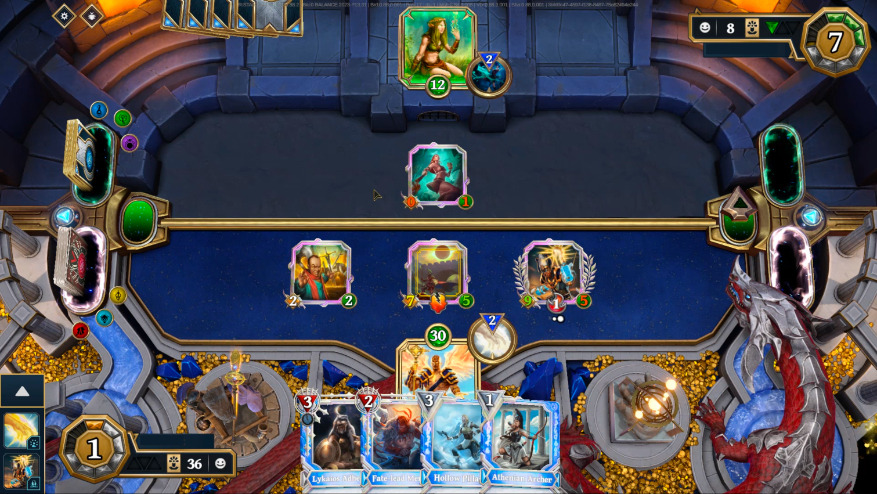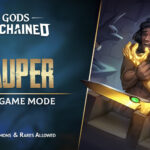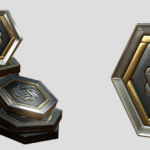Sealed Mode arrives in Gods Unchained on September 14th, opening up a new type of game that requires players to build competitive decks with a limited, semi-random set of resources! This mode is familiar to many TCG players, and is a feature that the Gods Unchained playerbase has been requesting for quite a while.
Sealed mode! I don’t even play Gods Unchained that much any more but Sealed mode may bring me back!
The last two game modes introduced by Gods Unchained received lackluster interest from players. Chaos mode just opened the door to too many unfun hijinks for the player on the receiving end. And Pauper mode, while an interesting concept, still allows some power-heavy, low mana cost, Genesis cards with expensive price tags such as the Pyramid Warden and the Underbursh Boar.
Sealed mode, on the other hand, is an option that players have long requested. In fact, it’s skipping over temporary status, and becoming a permanent part of the Gods Unchained ecosystem!
What is Sealed Mode?
Sealed mode is a special game mode that focuses on deck building with limited resources and being able to play effectively no matter what limitations your deck might have. Playing Sealed mode requires a buy-in of 15 GODS tokens (how you have something to do with those daily earnings!)
When starting a Sealed mode run, the player has a choice between three randomly selected Gods, though they can change their God choice while building their deck. For deck building, players are given 60 cards selected from three random domains. Each domain will have from twelve to 20 cards, with at least four guaranteed to be spells. Any remaining slots are filled with random neutral cards. Cards can come from any of the core card sets as well as Genesis, Etherbots, Mortal Judgement, Winter Wanderlands, and Band of the Wolf. Of the total 60 cards, 12 are 3 mana and below, at least 3 cards are 6 mana, and at least 3 cards are 7 mana.
Once you have your deck built and locked in, it’s time for the competition! Players use the same deck for their Sealed matches until either they win seven games, or lose three, whichever comes first. Then, the player receives rewards based on how well they did. More wins equals more rewards.
Rewards include GODS tokens (though you need to win seven matches to get more than 15 back), Flux, (used for fusing Core cards), cosmetic packs, and special card packs. The card packs will contain a mix of cards from the Core set and Mortal Judgement. In the future, these packs will have Core cards and cards from the latest expansion set. Cosmetic packs include special trinkets used to decorate your playing board.
The launch date for Sealed mode is September 14th, 11am AET.
What is Gods Unchained?
Gods Unchained is a free-to-play, collectible card game. Built on the Ethereum blockchain, Gods Unchained uses the Immutable X layer-2 solution for gas-free trading. Players retain full ownership over their cards. Players can earn digital ‘Core’ cards by playing the game. When a player has two identical Core cards, they can mint these into one blockchain-based card. That card is then tradeable on the markets.
Gods Unchained offers several play and earn opportunities. Players gain cards by being active players, win packs while competing in the weekend tournaments, and can earn GODS tokens simply by playing every day!
With several expansions its belt, Gods Unchained has a wide variety of cards for different playstyles. Players can buy and open packs from the official site. Secondary sales are available on the Immutable X Marketplace and Token Trove.
For more information, read our Gods Unchained game guide
You can also visit their website, follow them on Twitter, and join their Discord server.








